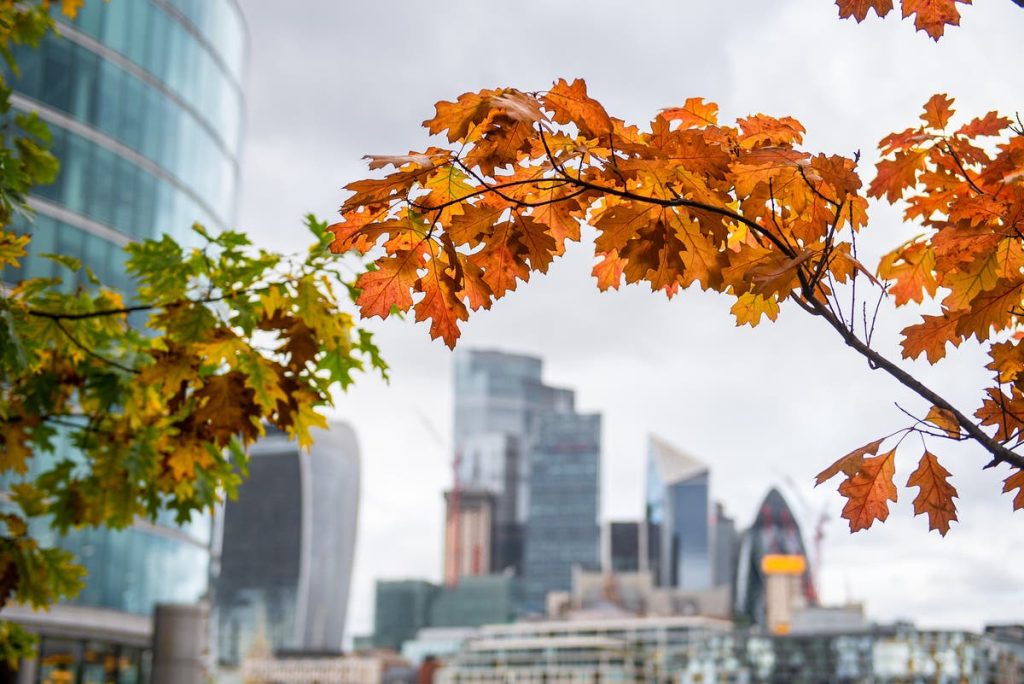It won’t be long before the clocks go back and we’re dusting off winter jackets for Halloween, Bonfire Night, and Christmas.
Colder weather and darker mornings will be back before we know it when autumn returns.
While some people will mourn the warm summer months, others can’t wait to get cosy again.
If you can’t wait for summer to end — or you want to make the most of the season — here’s how long there is left before the official start of autumn.
When does autumn start in the UK?
Autumn begins in September in the UK (and the Northern Hemisphere). However, the date depends on whether you follow the astronomical or the meteorological calendar, as they measure the seasons differently.
When is the astronomical autumn in the UK?
The astronomical calendar is based on the sun’s position relative to the Earth.
The Met Office says: “The astronomical calendar determines the seasons due to the 23.5 degrees of tilt of the Earth’s rotational axis in relation to its orbit around the sun.”
This year, astronomical autumn in the Nothern Hemisphere starts on September 22 and ends on December 21.
When is the meteorological autumn in the UK?
Meteorological seasons split the year into four seasons, each comprising three months.
The meteorological seasons are defined as spring (March, April, May); summer (June, July, August); autumn (September, October, November); and winter (December, January, February).
According to the meteorological season, autumn always starts in the Northern Hemisphere on September 1 and ends on November 30.
When is the autumn equinox in the UK?
The autumn equinox marks the start of the season, meaning it’ll take place on September 22 this year.
Royal Museums Greenwich says the time of this year’s autumn equinox is 12.44pm GMT (1.44pm BST).
Equinoxes mark the start of spring and autumn, while solstices herald summer and winter.
“On the autumn equinox, day and night are of roughly equal length and the nights will become increasingly longer than the days, until the spring equinox, when the pattern is reversed,” the Met Office says.
“It also marks the time of year when the northern hemisphere begins to tilt away from the sun, resulting in less direct sunlight and consequently the cooling temperatures.”

